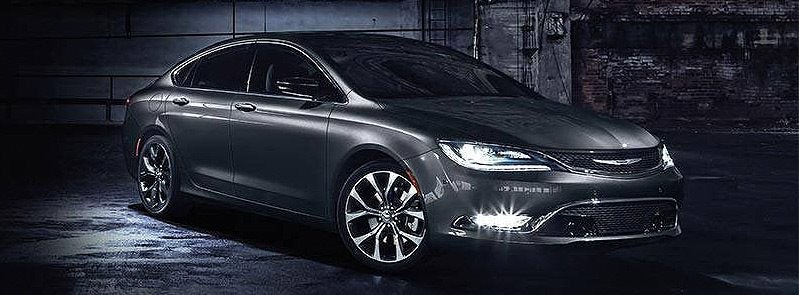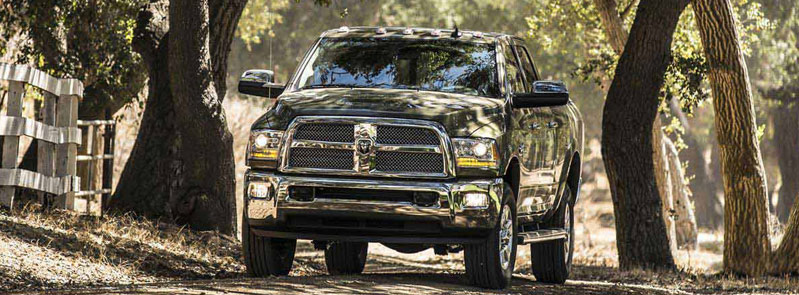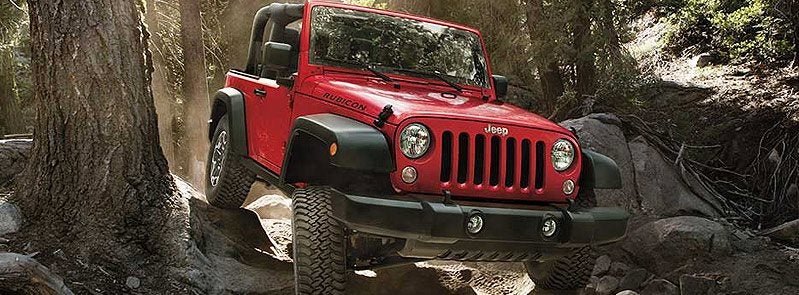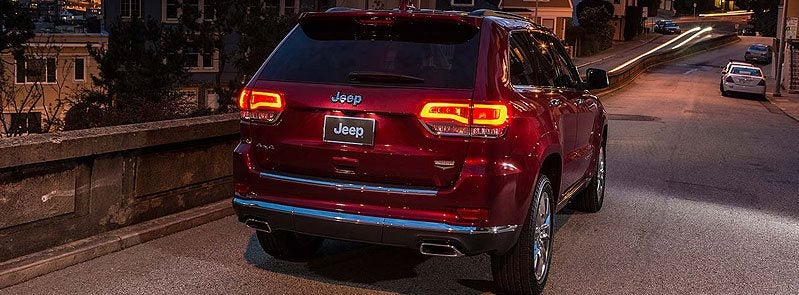
Imagine your reaction to cruising down the highway at 55 mph when the front end of your Jeep Wrangler starts to shimmy and shake violently. If the idea of this happening to you sounds frightening, you’re not alone. This situation has happened to Jeep owners across the country for years. In fact, the shake can be so bad that many Jeep owners have named it the Death Wobble, but to date, no actual deaths have been associated with the problem. Learn why Jeeps sometimes shake violently and how you should handle the Death Wobble if it happens to your Jeep.
Death Wobble Explained
In order to determine if your Jeep is suffering from the Death Wobble, you first need to understand how to recognize this condition. First and foremost, don’t confuse the shaking with the type of vibration you might feel if your tires are out of balance or with a shimmy that indicates a defective tire. If you aren’t sure whether or not you have this condition, you probably don’t.
The Death Wobble tends to occur when you hit a bump or round a curve while driving at highway speeds. When this happens, the shaking can become so violent that the whole front end of your Jeep feels like it’s moving around on the road.
Though it might seem like the front end of your Jeep is in danger of detaching, there’s no real threat of this happening. The shaking only goes away once you slow down, though, and it can easily happen again once you speed up.
Common Causes of This Condition
In some cases, the shaking is related to the height of your Jeep and can depend on whether your vehicle is at stock height or if it’s been lifted. In general, stock height Jeeps encounter the Death Wobble more often, but this condition can occur in both stock height and lifted Jeeps. No matter which type you drive, however, the Death Wobble can lead to serious accidents if you don’t take the appropriate steps to remedy the situation.
If you’ve lifted your Jeep more than three inches, the problem may lie in a misaligned drive shaft. When this happens, the increased angle of the driveshaft between the transfer case and the front axle tends to put excessive strain on the universal joints. Because the u-joints are no longer running parallel to each other, they aren’t properly synchronized. This, in turn, can lead to excess vibration.
The bulk of the vibration complaints, however, have come from owners of stock height Jeeps. In these cases, one of the most common causes of the Death Wobble appears to be the Jeep’s front track bar. While the bar itself isn’t really at fault, the bolts that hold it in place and the supporting bushings can cause the vehicle to vibrate and shake.
Myths Associated with the Death Wobble
It should come as no surprise that a condition known as the Death Wobble has several myths associated with it. If you’re concerned that your Jeep has this condition, it’s in your best interest to understand the myths before trying to get to the bottom of the problem. Once you get past the myths, it will be much easier to feel confident in your Jeep dealer’s ability to solve the condition permanently, leaving you and your Jeep to cruise smoothly down the highway.
Steering Stabilizer
One of the most common myths associated with Death Wobble concerns the vehicle’s steering stabilizer. Similar to a shock absorber, this device is designed to absorb the vibrations that you would otherwise feel in the steering wheel while driving on bumpy roads. The myth revolves around the idea that you can get rid of the shaking by replacing the stock unit with a much heavier duty aftermarket unit. In reality, if all of your Jeep’s steering components are installed properly and in good condition, you shouldn’t even need a steering stabilizer. Replacing the stock unit might help to mask the symptoms, but it definitely won’t solve the problem.
Front Wheel Alignment
Another supposed cause of this problem is too much toe-out on the front wheels, which suggests that the front wheels point too far outwards. Although Jeeps are made to operate in four-wheel drive, the alignment is set up as if they were rear-wheel drive vehicles. This means the front tires should be toed-in slightly. Some believe that setting the front end up with the tires toed-out can solve problems with shaking. Again, this might help to reduce the symptoms, but it isn’t a long-term solution. Realigning the wheels improperly can also lead to early tire wear and other issues, so it’s best not to go this route.
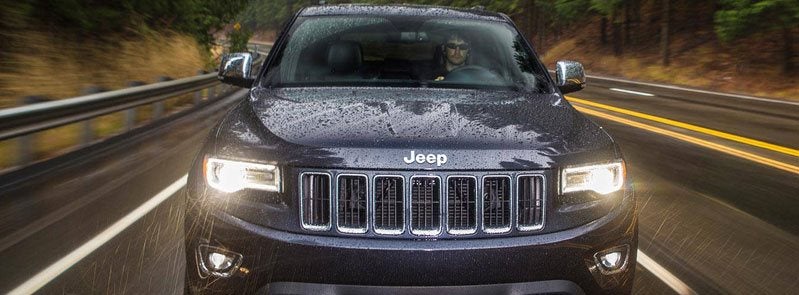
How to Stop Your Jeep from Shaking Violently
You can take a number of steps to eliminate the sudden excessive shaking in the front end of your Jeep. Start by taking your vehicle to your local Jeep service center, where a skilled mechanic will take the vehicle for a test drive in order to duplicate the shaking. The technician will also inspect the steering components and the tires. During this inspection, the technician can discover or rule out any broken or damaged steering and suspension parts.
In many cases, replacing the bushings with new updated versions and then adjusting all of the mounting bolts to 125 to 130 feet per pound has been found to eliminate the problem. In other cases, bad ball joints have also been found to cause this type of shaking. The technician should check your Jeep’s ball joints for excess radial and axial movement. If they are out of spec, the technician should replace them and then perform a complete front end alignment. This should include checking and setting the caster angle as close as possible to the factory specification as possible.
Keep in mind that only an authorized Jeep service center has the knowledge and experience needed to fix this problem once and for all. On the other hand, if you take your Jeep into the average auto repair shop, you might find the service advisor recommending new tires, new shocks, or a host of other new front end parts. None of these proposed solutions is likely to resolve the Death Wobble, so you’re better off taking your Jeep to a trained and knowledgeable technician from the beginning.
While Death Wobble might sound terrible and can certainly scare drivers, it doesn’t have to be a permanent problem. Start by contacting your Jeep dealer and explaining what has been happening and how often it occurs. From there, the trained service advisor will find the cause of the problem, get your vehicle back on track, and make your Jeep safe and fun to drive once again.





![[Facebook]](https://www.chryslerdodgejeepramofcolumbia.net/blogs/1020/wp-content/plugins/bookmarkify/facebook.png)
![[LinkedIn]](https://www.chryslerdodgejeepramofcolumbia.net/blogs/1020/wp-content/plugins/bookmarkify/linkedin.png)
![[Twitter]](https://www.chryslerdodgejeepramofcolumbia.net/blogs/1020/wp-content/plugins/bookmarkify/twitter.png)
![[Yahoo!]](https://www.chryslerdodgejeepramofcolumbia.net/blogs/1020/wp-content/plugins/bookmarkify/yahoo.png)
![[Email]](https://www.chryslerdodgejeepramofcolumbia.net/blogs/1020/wp-content/plugins/bookmarkify/email.png)
